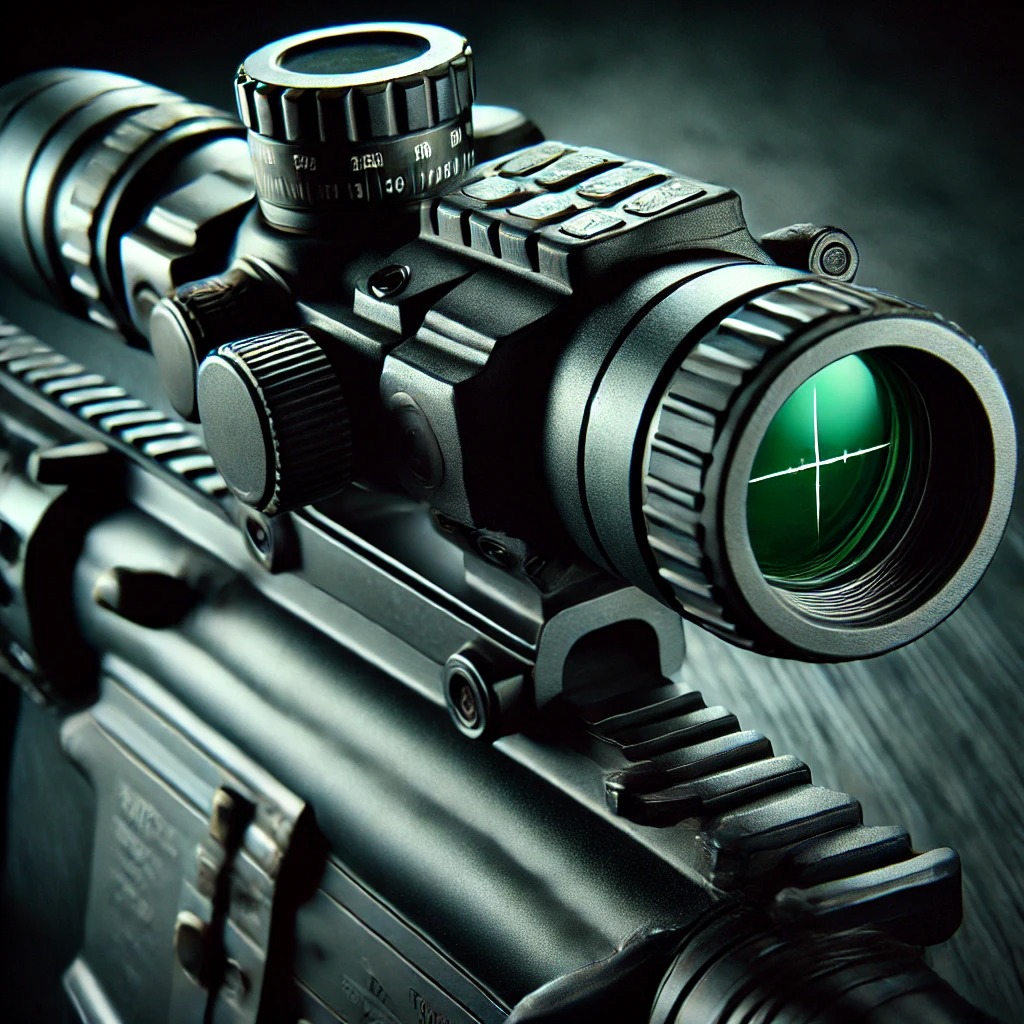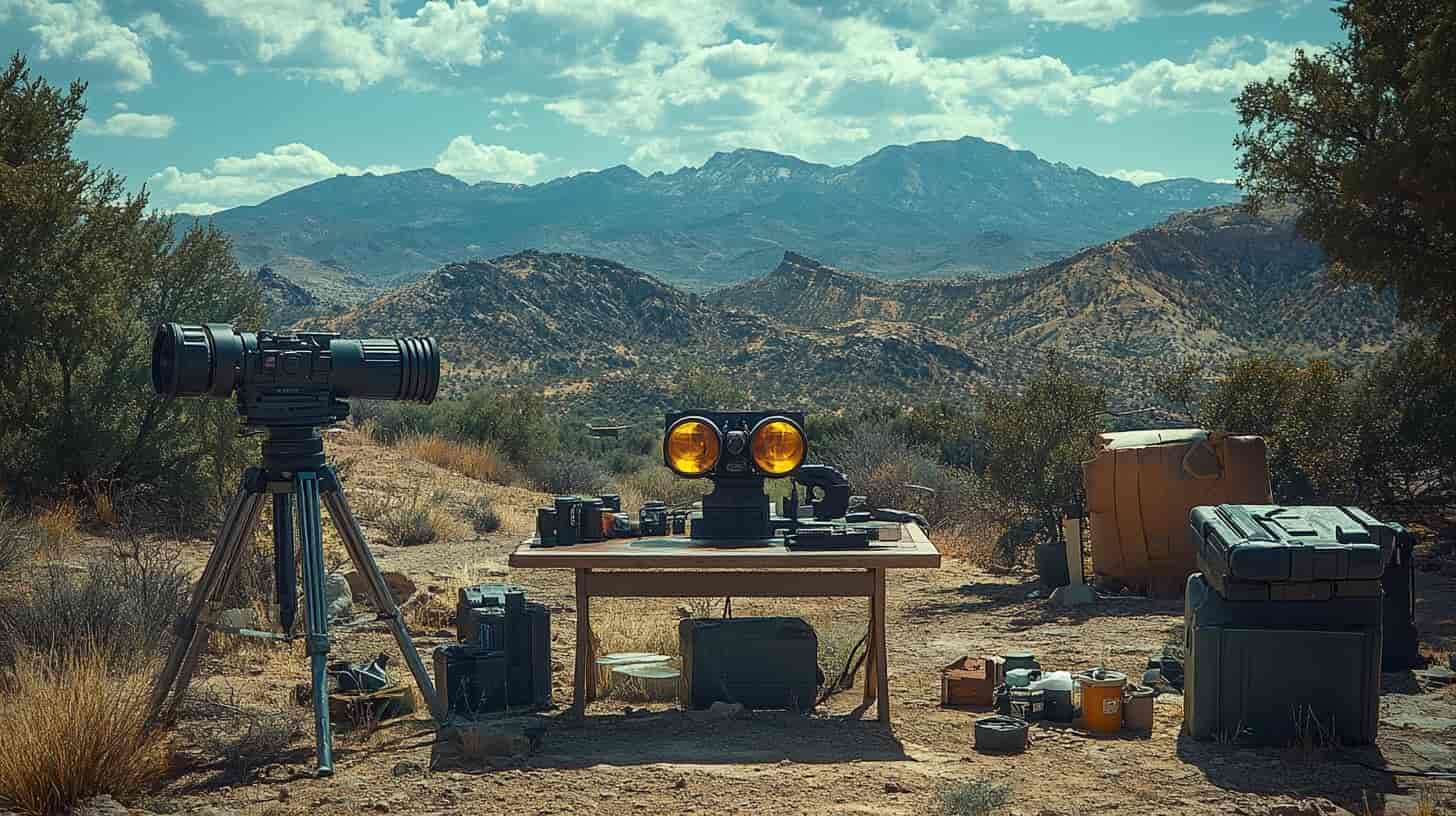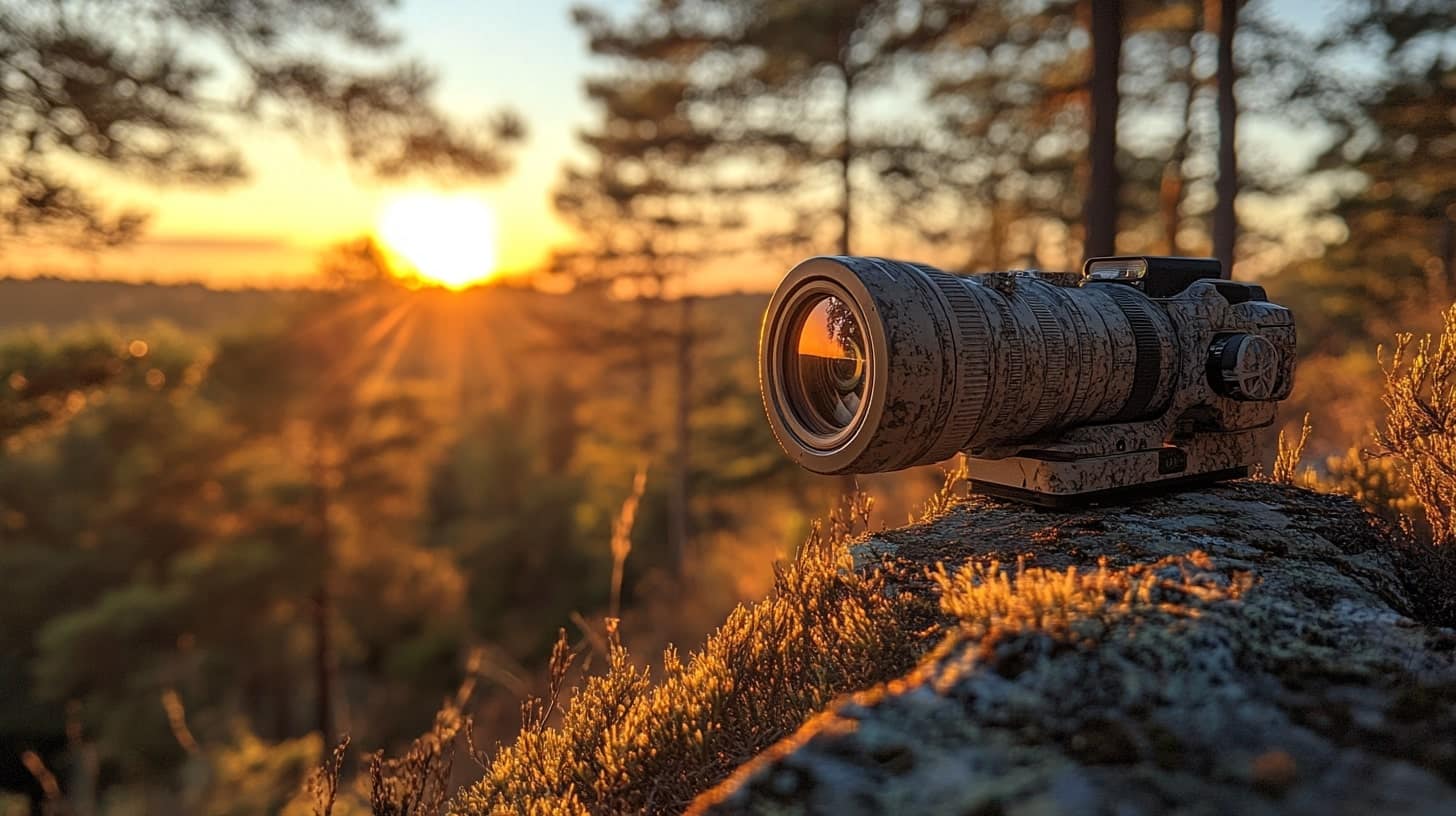Introduction Hunting Evolved with Technology
The bond between technology and hunting has grown tighter over the decades. From simple tools to advanced gadgets, each innovation has reshaped the way hunters approach their craft. Among these advancements, night vision technology stands out as a game-changer, offering a new perspective on what it means to hunt safely and responsibly.
In the pitch-black depths of the forest, night vision devices illuminate the path for hunters, enhancing both their experiences and safety. This blog post dives deep into the world of night vision, exploring its mechanics, safety implications, ethical considerations, and future potential. Whether you’re a seasoned hunter or new to outdoor adventures, understanding this technology can transform your nocturnal excursions.
Understanding Night Vision A Guide to the Mechanics
Night vision technology is often shrouded in mystery, yet it’s simpler than one might think. At its core, night vision devices capture and amplify available light, whether it’s moonlight or starlight, to provide a clearer image in the dark. This transformation is achieved through various methods, each offering unique benefits.
One primary type of night vision relies on image intensification, where ambient light is converted into electrons, magnified, and then transformed back into visible light. This method produces the familiar green-tinted images most often associated with night vision. Meanwhile, thermal imaging detects heat signatures emitted by objects, making it possible to identify animals even in complete darkness or obscured by vegetation.
For hunters, understanding the nuances between these technologies is crucial. Image intensification is ideal for general night-time navigation, while thermal imaging excels at pinpointing game. Investing time in learning how these devices work can significantly enhance your hunting experience.
The Impact on Hunting Safety A New Horizon
Safety is paramount in hunting, and night vision technology has revolutionized this aspect of the sport. By providing enhanced visibility, night vision reduces accidents caused by poor lighting conditions, allowing hunters to identify targets and surroundings more clearly. This clarity is vital in preventing mishaps and ensuring ethical, accurate shots.
Numerous case studies highlight night vision’s role in improving safety. In one instance, a group of hunters in dense woodland credited their night vision gear with avoiding a potentially dangerous encounter with another hunting party. Testimonials from hunters who regularly use these devices underscore their confidence and security when navigating the dark.
Beyond individual safety, night vision also aids in wildlife conservation. By allowing hunters to identify animals without disturbing them, it minimizes stress and disruption to local ecosystems. This balance between safety and conservation highlights the dual benefits of integrating night vision into modern hunting practices.
Ethical Considerations Navigating Moral Boundaries
While night vision technology offers significant advantages, it also raises ethical questions. The ability to see in the dark gives hunters an unprecedented edge, leading some to question whether its use aligns with fair chase principles. The debate centers around the balance between technological advantage and traditional hunting ethics.
Many hunters advocate for responsible use, suggesting that night vision be employed in a manner that respects wildlife and maintains the spirit of the hunt. This includes adhering to legal restrictions, such as those governing the types of game that can be hunted with night vision, and ensuring that technology is used to enhance, rather than dominate, the experience.
Engaging in discussions about these ethical considerations is essential for the hunting community. It fosters a culture of respect and responsibility, ensuring that night vision technology is used as a tool for safety and conservation, rather than exploitation.
Future of Night Vision in Hunting A Look Ahead
Night vision technology continues to evolve, promising even greater advancements in the future. Emerging trends suggest improvements in image clarity, device portability, and battery life, making night vision more accessible and user-friendly for hunters of all levels.
The integration of smart technology in night vision devices is another exciting development. Features such as GPS mapping, real-time data sharing, and enhanced connectivity could transform how hunters plan and execute their trips. These innovations not only enhance safety but also open up new avenues for collaboration and learning within the hunting community.
Looking ahead, the potential of night vision technology is vast. Its continued evolution will undoubtedly shape hunting practices, offering new tools and techniques to explore. For hunters, staying informed and adaptable will be key to leveraging these advancements responsibly and effectively.
Conclusion Reflecting on Night Vision’s Impact
Night vision technology has undeniably transformed the landscape of hunting, offering unparalleled benefits in terms of safety, efficiency, and conservation. By providing hunters with the ability to see in the dark, it enhances the experience while ensuring ethical practices are upheld.
For hunters and outdoor enthusiasts, understanding and adapting to these technological advancements is crucial. By engaging with the ethical considerations and future possibilities of night vision, the hunting community can continue to thrive in harmony with nature.
We invite you to share your thoughts and experiences with night vision technology in hunting. How has it impacted your adventures? Join the conversation and contribute to the ongoing dialogue about the role of technology in outdoor pursuits.




